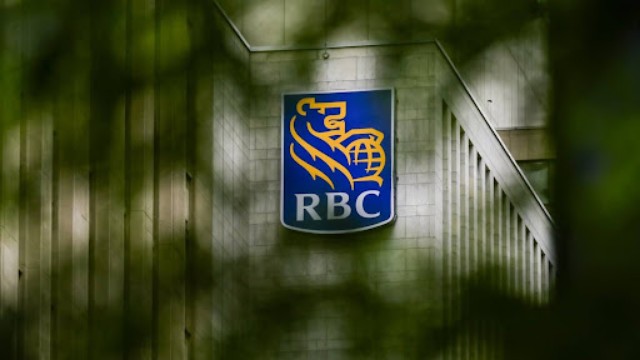
A shopper walks through a Walmart store in Vaughan, Ont., north of Toronto, on July 2. The inflation rate in Canada fell to two percent in August, Statistics Canada says. (Christopher Katsarov/The Canadian Press)
Canada's inflation rate dropped to 2% in August, reaching the Bank of Canada's long-awaited target, according to Statistics Canada on Tuesday. This milestone marks a significant step in the central bank's efforts to control rising prices.
The Bank of Canada began increasing interest rates sharply in April 2022 to curb soaring inflation, eventually making its first rate cut in June since the early days of the COVID-19 pandemic in March 2020.
Bank of Canada Governor Tiff Macklem expressed optimism earlier this year, stating that confidence in inflation returning to the 2% target had grown steadily.
The 2% rate in August is the slowest inflation growth since February 2021. The central bank's preferred core measures of inflation also showed a slight decline.
CIBC Senior Economist Andrew Grantham commented that inflation no longer poses a serious threat and suggested that the Bank of Canada should now shift its focus toward stimulating the economy and addressing the rising unemployment rate.
"We anticipate an additional 200 basis points of interest rate cuts between now and mid-2025," Grantham shared in a note to clients.
The drop in inflation was largely attributed to a decrease in gasoline prices, which are known for their volatility. Excluding gasoline, the inflation rate stood at 2.2% in August.
While the inflation target has been met, Canadians might not notice much relief in their everyday expenses. Prices for essentials like groceries remain high, even though their growth rate has slowed. Pedro Antunes, chief economist at the Conference Board of Canada, explained that the Bank of Canada is not aiming to bring prices back down to pre-pandemic levels but rather to stabilize inflation moving forward.
For instance, if a steak that once cost $10 now costs $20, it will continue to increase at no more than a 2% rate annually from now on, Antunes noted.
The 2% inflation target is not arbitrary. According to Antunes, it’s essential to keep inflation low and stable to protect people's purchasing power, especially for those on fixed incomes. However, the Bank of Canada also avoids zero inflation to prevent deflation, which could lead to reduced consumer spending and negatively impact the economy.
In August, mortgage interest and rental costs were the most significant contributors to the consumer price index, although the growth in mortgage interest is slowing. Grantham noted that excluding mortgage interest, the inflation rate would have been 1.2% year over year.
Consumers saw a 2.4% increase in grocery prices in August, partly due to the base-year effect, which compares current prices to those of a year ago. Conversely, clothing and footwear prices dropped, an unusual trend during the back-to-school shopping season, while electricity prices rose more slowly.
The Bank of Canada’s next interest rate meeting is scheduled for October 23, with some economists debating whether the central bank will implement a 25 or 50 basis point cut.















